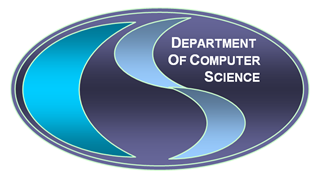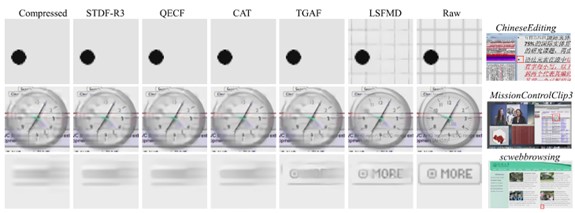(SEP 2014) Eye-tracking Aided Digital System for Intelligent Strabismus Diagnosis and Therapy Training: Dr. Hong FU (Principal Investigator), Prof. W.L.LO (Co-Investigator), FDS RGC Hong Kong, UGC/FDS13/E04/14, HK$952,430, 01 October 2014 – 31 September 2017)
Abstract
Strabismus, also known as heterotropia, is a common ophthalmic disease in which the two eyes cannot be properly aligned with each other. This vision disorder affects about 4% of the population for both adults and children, making it one of the most common eye diseases in preschool children in Hong Kong and other counties. If not well treated, strabismus may cause amblyopia (also called “lazy eye”), poor depth perception, and even permanent vision loss. Most of diagnosis methods currently in use are subjective or semi-subjective and much depend on the experiences. Sometimes intermittent or recessive strabismus is difficult to perceive. These make many young patients miss the best time for treatment. Studies show that appropriate eye movement trainings can effectively treat most of the strabismus. However, there is no such eye training system in which the process of training can be timely and systematically evaluated. Therefore, there is a substantial need to develop an objective, digitalized and intelligent system for strabismus diagnosis and therapy training.
We propose an eye-tracking aided digital system for intelligent strabismus diagnosis and therapy training. In the proposed work, we plan to use eye tracking technology to track and record the eye movements digitally. Then we will explore the featured eye movement pattern of strabismus and model the relationship between extraocular muscles and eye movements. Intelligent diagnosis and therapy training will be conducted based on the analysis of eye movement data. Three key issues will be investigated, including gaze estimation of strabismic eye, strabismic pattern mining, as well as relationship between extraocular muscles and eye movements. A prototype system will then be built up and implemented, and system qualification review will also be carried out.
The outcome of the proposed work will provide a new alternative for strabismus diagnosis and therapy training. In the aspect of diagnosis, it will increase the efficiency of diagnosis and reduce the healthcare cost, so that makes it easy to conduct screening of strabismus among a large population, for example, all the students in a primary school. The findings and methodology obtained in this work could also be considered as valuable reference for other vision disorders, such as amblyopia, depth perception problem and tracking problem. In the aspect of therapy training, training and evaluation on the response will be integrated seamlessly and interactively. Therefore, the effectiveness of therapy training will be enhanced.





